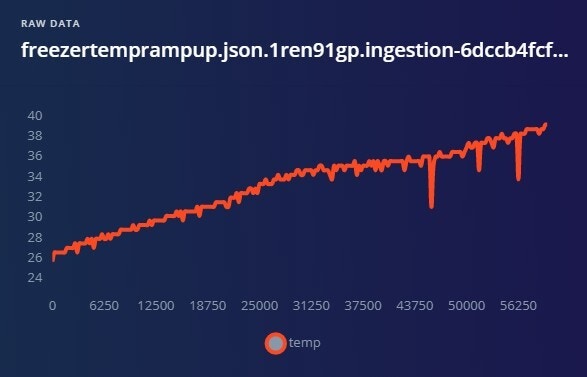
Temperature Increase 'Slope of Interest'
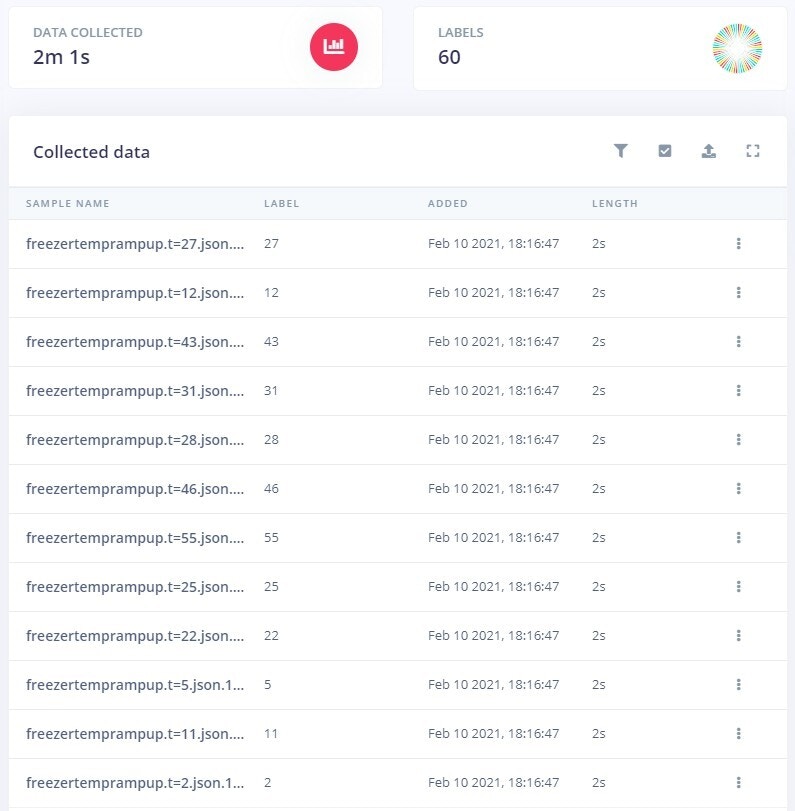
Training Data Set for Regression
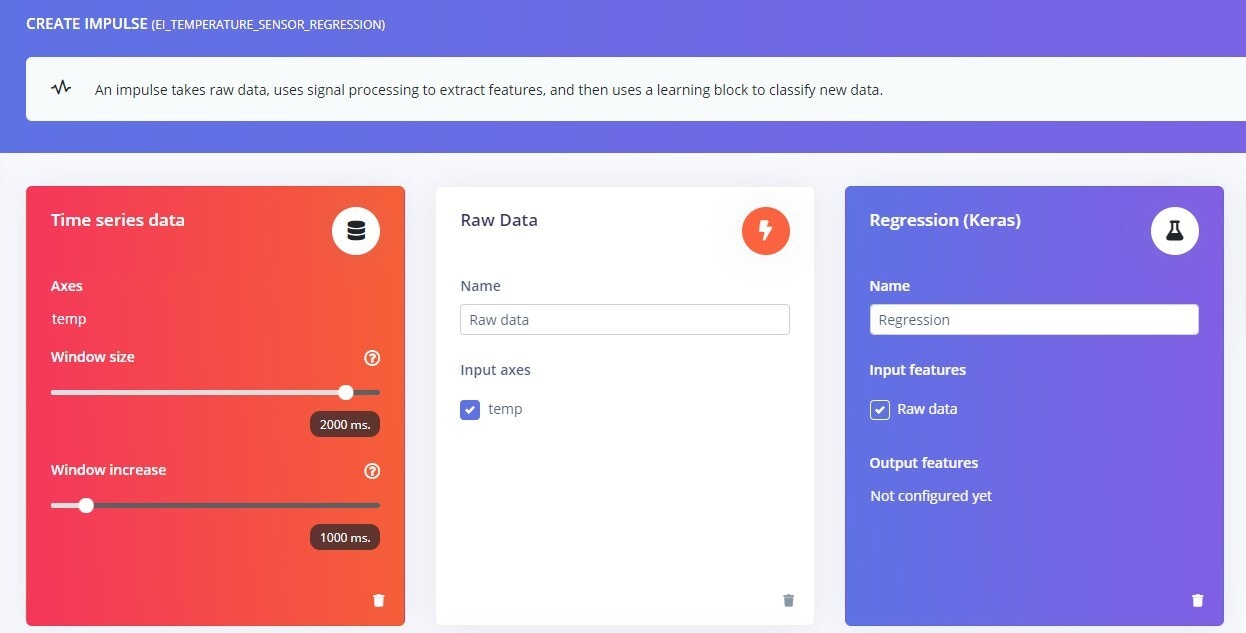
Impulse Design for Regression
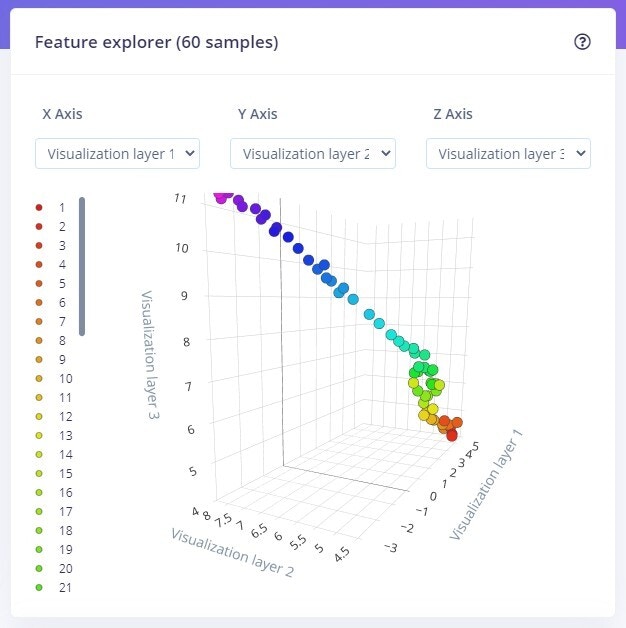
Features representing each graduation along the slope of interest
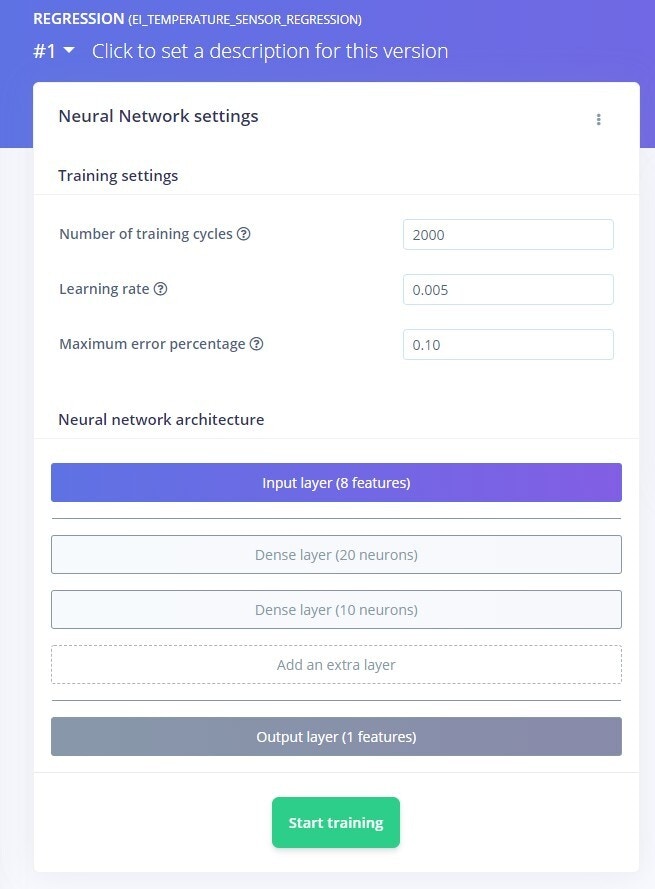
NN Classifier Block Design for Regression
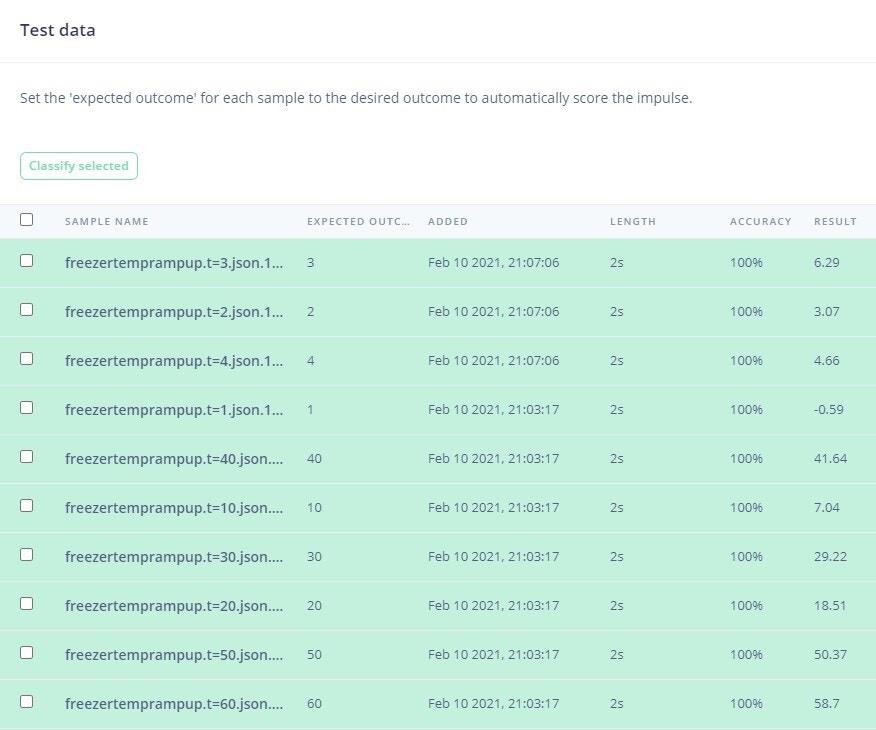
Validated Results

Temperature Increase 'Slope of Interest'

Training Data Set for Regression

Impulse Design for Regression

Features representing each graduation along the slope of interest

NN Classifier Block Design for Regression

Validated Results